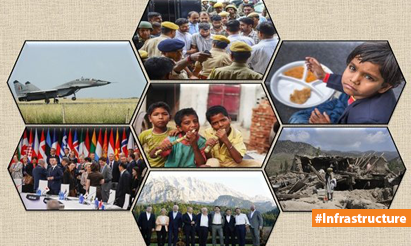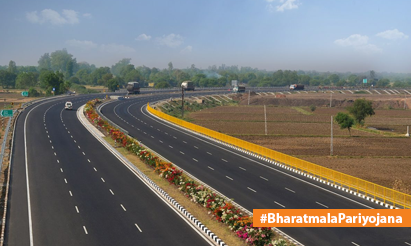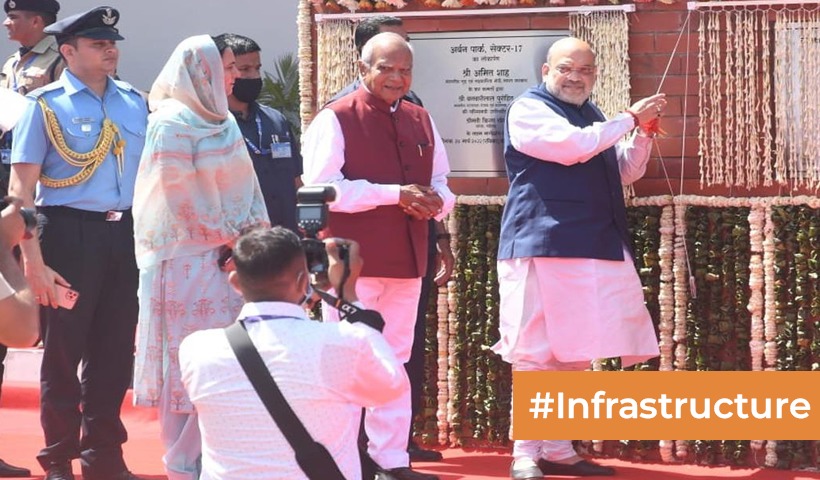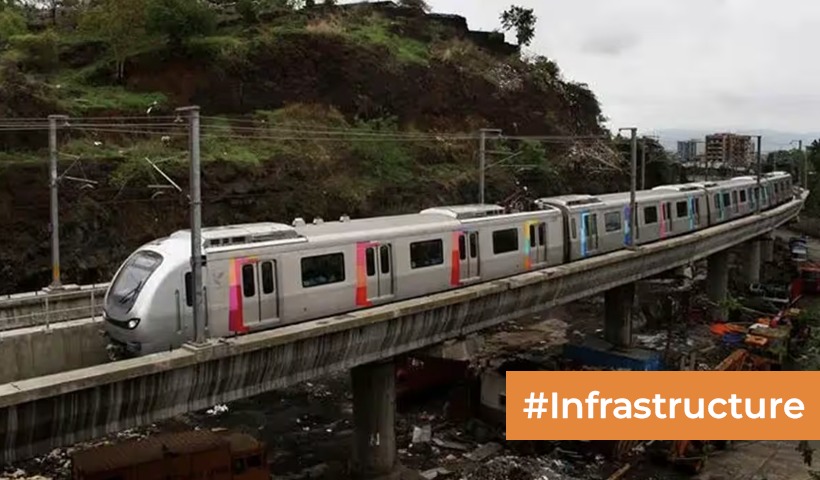Bridging Gaps, Driving Growth: India’s Transformative Infrastructure Development
India, which is renowned for its vast and varied environment, is through a revolutionary era in the development of its infrastructure. The ambitious government plan to fill crucial gaps in industrial corridors calls for the building of 24 rail and 15 road linkages. This extensive program seeks to improve connection, spur economic expansion, and support the movement of people and things across the nation.
To facilitate commerce, draw in investment, and promote economic growth, rail, and road connections in industrial corridors must be developed. By linking market centers, logistical hubs, and production hubs, these corridors operate as lifelines for many industries. The government wants to unlock the full potential of these corridors by filling up the connection gaps currently present to foster an environment that is favorable for businesses to flourish.
The country’s many regions will have better connections thanks to the 24 rail lines that are planned. These connections will integrate rural regions into the economy by linking them to large cities and connecting them to them. Industries will have easier access to raw supplies, markets, and trained labor by increasing the railway network. Additionally, effective rail freight transit will lower transportation costs and help create a more environmentally friendly and long-lasting logistics system.
Similarly to this, the construction of 15 new road linkages would improve connectivity and enable the smooth movement of people and products. Reduced travel times, increased trade, and tourism will all result from the building of new highways and motorways. By facilitating easier communication between industrial clusters, ports, and transport hubs, these road links will build a strong infrastructure that will support economic growth.
These infrastructure projects’ transformative effects go beyond connection. The corridors’ greater accessibility will draw investments and promote industrial growth. The emergence of new industries and industrial facilities will lead to the creation of job possibilities and the general socioeconomic development of the areas. Enhanced connections will assist small and medium-sized businesses by allowing them to access bigger markets and grow their operations.
Additionally, the expansion of rail and road connections will benefit the environment. The carbon footprint will be greatly decreased if items are transported by trains instead of trucks. The government’s commitment to sustainable development will be strengthened by this transition, which will also address environmental issues.
But it is essential to guarantee the prompt completion and effective administration of major infrastructure projects. For them to be successfully carried out, careful planning, resource allocation, and adherence to quality standards are essential. To speed up the building process and reduce possible difficulties, efficient cooperation between various government departments and stakeholders is also crucial.
The projected construction of 24 rail and 15 road connections along India’s industrial corridors is a significant step towards changing the landscape of the nation’s infrastructure. These initiatives will improve connectivity, stimulate the economy, and open up new commercial prospects. The expanded rail and road networks will promote commerce, lower the cost of travel, and promote sustainable growth. India is building the groundwork for a thriving and connected future by solving the infrastructural gap.
Disclaimer: The views expressed above are for informational purposes only based on industry reports and related news stories. PropertyPistol does not guarantee the accuracy, completeness, or reliability of the information and shall not be held responsible for any action taken based on the published information.




